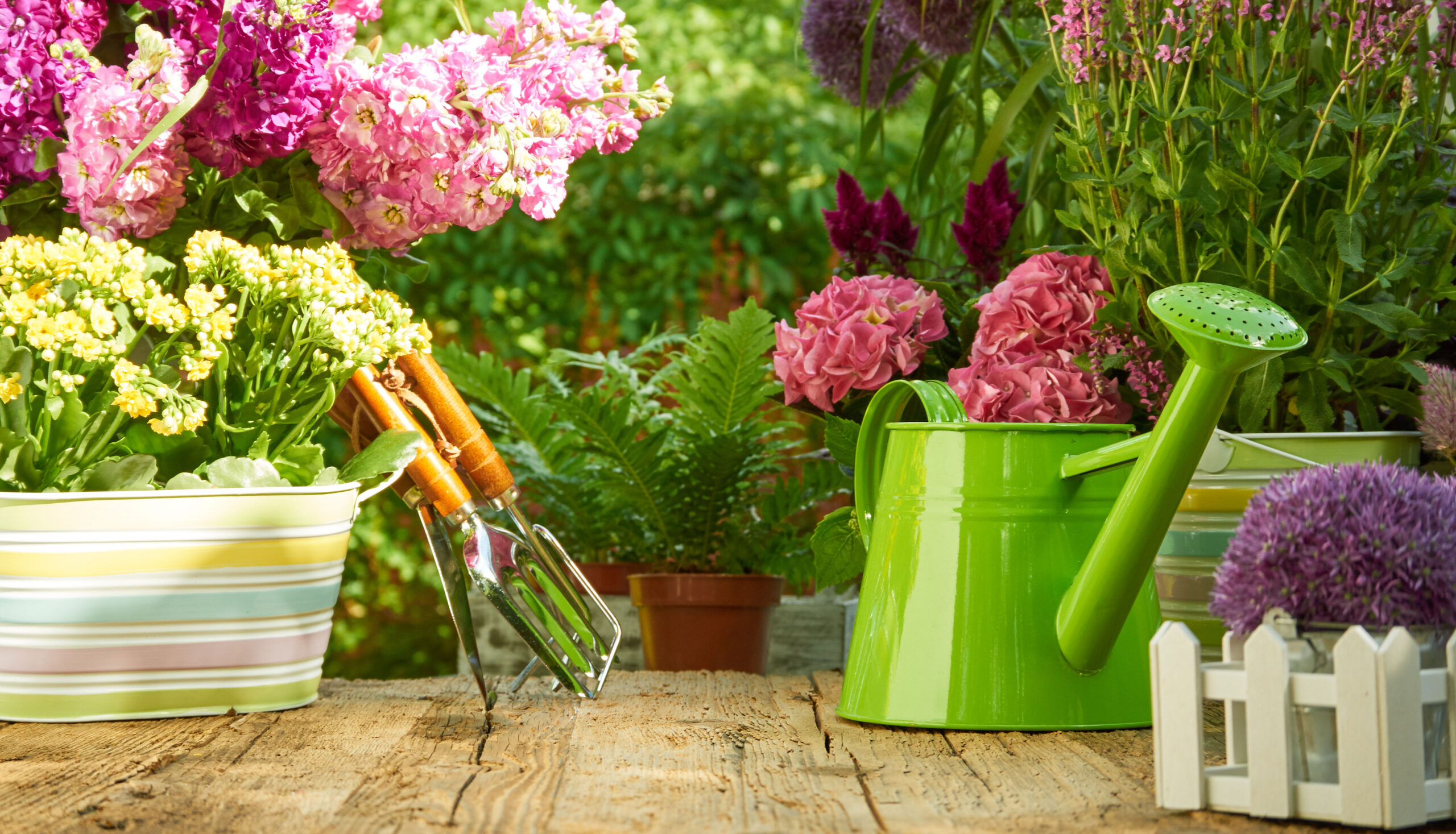With the arrival of spring, hornets begin to look for suitable places to build their nests. The problem? Once they have settled, removing them becomes dangerous and may require the intervention of specialists. Prevention during this season is essential to avoid finding yourself with a colony already formed in summer.
Hornets (Vespa crabro) are larger and more aggressive than common wasps. A nest near your home, in the garden or on the terrace poses a risk, especially for those who are allergic to stings.
Where do hornets nest in spring?
At the beginning of the warm season, queen hornets look for safe shelters to build their nests. The areas most at risk include:
- Attics, gutters and roller shutter boxes
- Wood sheds, garden sheds and outdoor cabinets
- Cracks in walls and tree cavities
- Electricity meters and crawl spaces
These spaces offer shelter and tranquillity, allowing the colony to grow undisturbed. Identifying a nest in formation is difficult: often, its presence is only noticed when the insect population is already large.
How to prevent hornet nests from forming
The most effective strategy is to take action before the colony develops. During spring, hornets are attracted to sources of food and water, which are necessary for the sustenance of the new generations.
To reduce the risk of infestation:
- Avoid standing water in plant saucers, fountains and outdoor sinks.
- Limit the exposure of sweet foods and ripe fruit outdoors, especially during lunches and dinners in the garden.
- Seal any cracks and crevices in walls and attics to prevent access to nesting sites.
- Install specific traps to monitor the presence of these insects from the beginning of the season.
Melatrap Kit: the solution for intercepting hornets before they nest
Hornet and wasp traps allow insects to be captured while they are searching for nesting sites, thus reducing the risk of colonies forming near homes.
The inVerde Kit consists of the Melatrap trap and its liquid food attractant Vespokil.
The Melatrap Kit is designed to:
- Attract hornets and wasps without insecticides, thanks to a food bait designed for these insects.
- Monitor the presence of wasps and hornets, allowing you to take action before the nest is formed.
- Be safe in domestic environments, without risk to children and animals.
Where should Melatrap be placed for maximum effectiveness?
- Away from tables and passageways, to avoid attracting insects close to inhabited areas.
- Near critical points such as canopies, fences and trees, where hornets may seek shelter.
When should Melatrap be placed?
- In spring, to prevent colonies from forming.
- In summer, to continue monitoring.
Prevention means reducing risks and protecting outdoor spaces before the problem becomes more difficult to manage.
You can find inVerde products at your trusted retailer and in the online shops of major DIY retailers.

